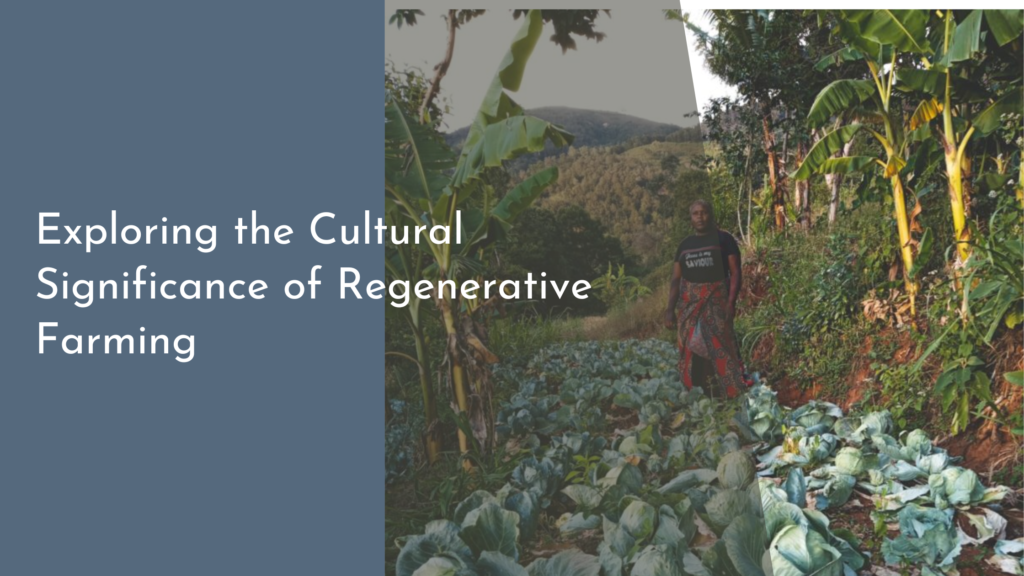Agroforestry for Natural Landscape Restoration
In an age where environmental degradation poses significant challenges to our planet, innovative solutions are essential for restoring natural landscapes. Agroforestry, a sustainable land-use practice that integrates trees and shrubs with crops and livestock, has emerged as a beacon of hope for restoration efforts. This article delves into the myriad benefits of agroforestry, illustrating how it can revitalize ecosystems, enhance biodiversity, and improve livelihoods while combating climate change. Let’s explore how trees and crops can unite to create a greener, healthier tomorrow for all.
Discover the Benefits of Agroforestry in Restoration Efforts
Agroforestry brings a multitude of benefits that are crucial for natural landscape restoration. One of the most significant advantages is its ability to improve soil health. The presence of trees in agroforestry systems helps to prevent soil erosion, enhance moisture retention, and increase organic matter, leading to fertile, productive land. Additionally, these systems create a habitat for various species, thus boosting biodiversity, which is essential for resilient ecosystems.
Moreover, agroforestry plays a pivotal role in carbon sequestration, a critical factor in combating climate change. Trees absorb carbon dioxide from the atmosphere and store it in their biomass and soil. By integrating trees with agricultural practices, agroforestry systems can significantly reduce greenhouse gas emissions while providing farmers with an economic incentive through carbon credits. These benefits demonstrate that adopting agroforestry practices is not only environmentally beneficial but also economically viable for communities around the world.
How Trees and Crops Unite for a Greener Tomorrow
In agroforestry systems, the combination of trees and crops creates a symbiotic relationship that nourishes both elements. For instance, trees can provide shade for crops, reducing temperature extremes and water loss through evaporation. This microclimate effect leads to improved crop yields, allowing farmers to produce more food from the same area of land. Additionally, the deep-root systems of trees can access nutrients and water that shallow-rooted crops cannot, enhancing the overall productivity of the land.
Furthermore, the integration of livestock into agroforestry enhances nutrient cycling and land productivity. Animals contribute manure, which acts as a natural fertilizer for both trees and crops, promoting healthier growth. This holistic approach reduces the need for chemical fertilizers and pesticides, fostering a more sustainable farming model. Together, trees and crops not only create a balanced ecosystem but also build resilience against pests, diseases, and climate change impacts, paving the way for a greener and more sustainable future.
Successful Case Studies: Agroforestry in Action
Around the world, numerous successful case studies highlight the transformative potential of agroforestry in landscape restoration. In Kenya, for instance, the Farmer Managed Natural Regeneration (FMNR) initiative has rejuvenated degraded lands by encouraging farmers to protect and manage existing tree stumps. This simple method not only restores biodiversity but also enhances agricultural productivity, providing livelihoods for many rural communities while combating desertification.
Another inspiring example can be found in Brazil’s Atlantic Forest region, where agroforestry systems have been implemented to restore degraded landscapes. By combining native tree species with crops such as coffee and cacao, farmers have been able to restore the ecosystem while producing high-value commodities. This not only improves the local economy but also contributes to the preservation of one of the world’s most biodiverse areas. These case studies exemplify how agroforestry can be a practical and effective approach to landscape restoration on a global scale.
Join the Movement: How You Can Contribute Today!
Getting involved in agroforestry and landscape restoration is easier than you might think! Whether you are a farmer, a gardener, or simply an eco-conscious individual, there are numerous ways to contribute. If you have access to land, consider planting native trees alongside your crops. This not only enhances your own agricultural productivity but also supports local wildlife and helps mitigate climate change. Additionally, you can advocate for agroforestry practices in your community, encouraging others to recognize the benefits of integrating trees into their land-use strategies.
For those who may not have land, supporting organizations focused on agroforestry and landscape restoration is an excellent way to make an impact. Donating to grassroots projects or volunteering for local reforestation initiatives can help restore ecosystems and promote sustainable land management practices. By spreading awareness about the importance of agroforestry, you can inspire others to take action as well. Together, we can foster a movement that not only restores natural landscapes but also nurtures our planet for future generations.
Agroforestry represents a dynamic and effective approach to natural landscape restoration, marrying the benefits of trees and crops for a sustainable future. As we’ve seen, the advantages extend far beyond agriculture, touching on environmental health, biodiversity, and climate change mitigation. By joining this movement, whether through personal action or community advocacy, you can contribute to a greener tomorrow. Let’s work together to cultivate a world where nature thrives alongside human development—one tree, one crop, and one community at a time!

